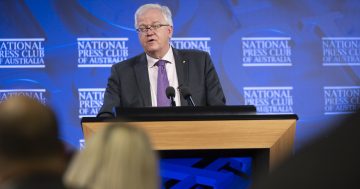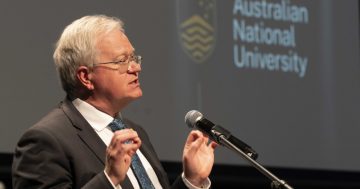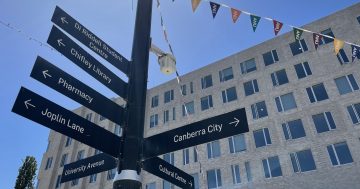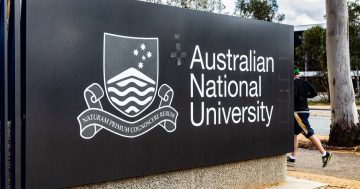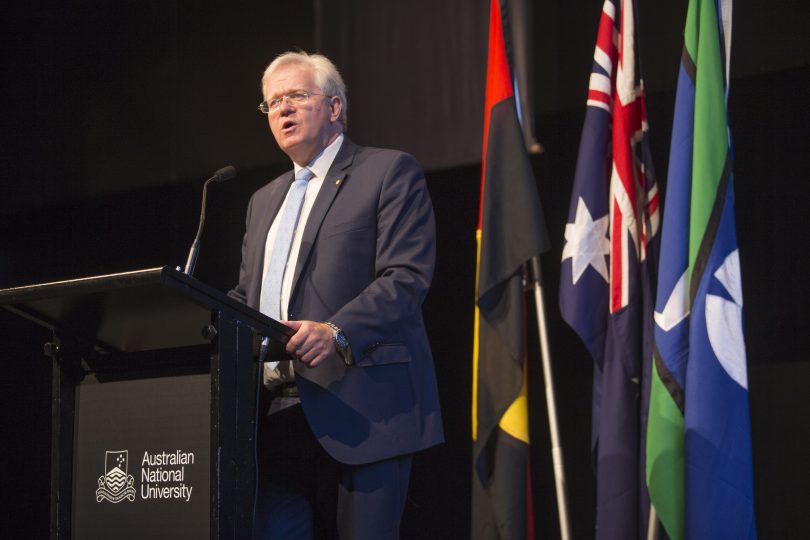
“This has been the hardest 12-month period in our 75-year history,” said ANU vice-chancellor Brian Schmidt. Photo: File.
The Australian National University is pushing for students to return to on-campus learning as soon as possible as part of its plan to bring the institution back from a financial deficit of $162.4 million.
By comparison, the University’s reported surplus was $317 million in 2019.
While tabling its financial statement for 2020, ANU chief operating officer Paul Duldig said the university would focus on leading the country out of the COVID-19 pandemic by concentrating on teaching and returning students to campus by semester two when teaching room capacities can return to 100 per cent.
It has also been confirmed the ANU has offered to provide on-campus residential facilities to safely quarantine 3000 of its international students and repatriated Australians.
In response to COVID-19, the ANU has so far cut more than 400 jobs, mainly through forced redundancies, but that figure is expected to rise to 467 between now and 2023, meaning full-time academics have had to step in to teach classes that casual lecturers may have taught.
With some new positions being created, the net job loss will be around 300 staff from the ANU’s full-time staff of 4200. However, the ANU would also bear the impact of $91 million in separation payments during the next two years from staff taking redundancies.
The ANU has also halted any further capital works while all travel costs were cut due to the COVID-19 pandemic.
The university’s iconic John Curtin School of Medical Research has already had to narrow its focus by concentrating on biomedical research that produces revenue for the university.
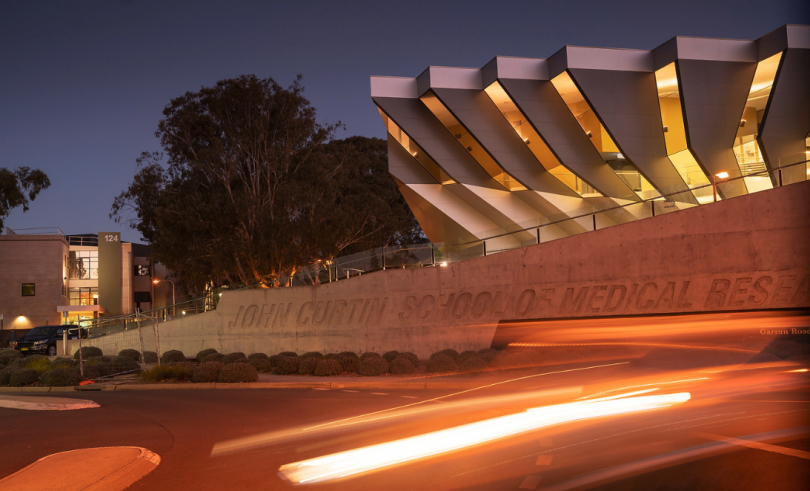
The John Curtin School of Medical Research building at the Australian National University. Photo: Lannon Harley, ANU.
ANU vice-chancellor Professor Brian Schmidt told the ANU community the university’s final 2020 deficit in real terms was $162.4 million, which was better than last year’s recovery plan forecast deficit of $219 million.
Professor Schmidt said this was mainly due to better-than-expected tuition income ($22.7 million) and income from research grants ($27 million). The remainder ($7.1 million) was due to accounting adjustments and variances.
“This does not mean we have $57 million more than we thought we had,” Professor Schmidt said.
“It simply means we have a smaller deficit. The sacrifices you have all made in the past year have gone a long way towards reducing our deficit and future-proofing the university from further financial shocks.”
Professor Schmidt described the “unthinkably challenging circumstances” that staff across all schools of the campus have faced.
However, the ANU had been boosted by an increase of $22.7 million in additional tuition income from an increase in the number of domestic students wanting to study.
The university had also received insurance payouts of $91 million for repairs to the Chifley Library following the 2018 floods and some of the damage caused by the 2020 hailstorm.
“Our insurance claims for these two weather events will continue to be paid out for several years, so we will continue to report those payments in our income statements,” Professor Schmidt said.
“However, of course, those proceeds have to be spent directly on repairing the damage caused by the weather events and cannot be spent on any other operational costs like salaries.”
Also softening the hit to the ANU’s bottom line is a return of $61.4 million from interest, dividends and capital appreciation of the University’s investment portfolio of about $1.2 billion. However, this was a $172 million reduction of investment revenue compared to 2019 due to the market’s response to the pandemic.
However, Professor Schmidt also said this would be used to pay endowment and superannuation obligations and not general operational costs.
He said it has been a painful year for all, but there is a recovery plan in place.
“It is a solid plan and our plan is working,” Professor Schmidt said. “These are the first steps to our recovery and making sure that ANU serves Australia and the world for many decades to come.”
The last time the ANU reported a deficit of this magnitude was $111.2 million in 2008. This was turned into a $69 million surplus in 2009.
It is also estimated the ANU’s worth to the ACT economy is $1.04 billion each year through having students as customers, employees and tenants.














